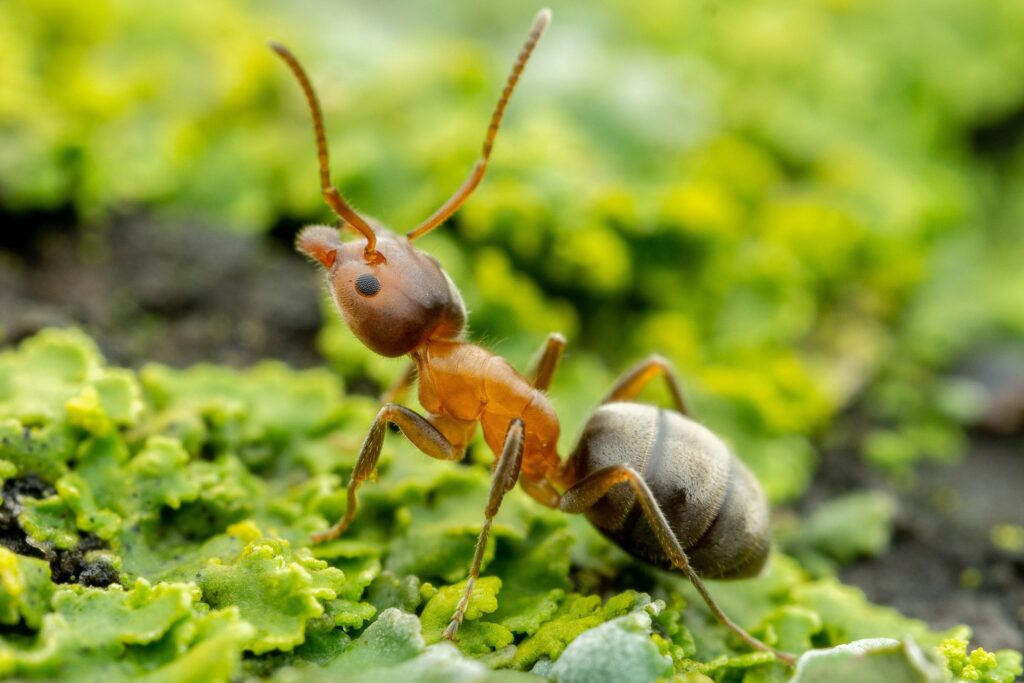
Appearance
Velvety Tree Ants (Liometopum occidentale) are a distinctive species that measures between 1/8 inch and 1/4 inch in length. Their bodies are typically light brown to brown, often featuring a reddish thorax. What sets them apart is their velvety hair covering, which contributes to their unique texture. These ants are known for their impressive speed, making them quick runners.
Primarily found throughout California, especially in Southern California, Velvety Tree Ants often reveal their presence through an odor similar to that of the odorous house ant when crushed. Thriving in large colonies, they commonly nest under tree bark, in tree cavities, stumps, and beneath piles of rocks.
Velvety Tree Ant Feeding Habits
Velvety Tree Ants frequently travel in trails up and down tree trunks to search for aphids. They feed primarily on honeydew excreted by these insects and supplement their diet with other live or dead insects. Occasionally, they enter homes—not in search of human food, but rather to locate insects to sustain their diet.
Velvety Tree Ant Behavior
These ants are somewhat aggressive. When disturbed, they bite and inject venom into the wound as a defense mechanism, though they lack a sting. This behavior helps protect their colonies from threats.
Control of Velvety Tree Ants
- Tree Spraying: Since these ants often nest in trees nearby, tree spraying can be an effective control measure. This method targets the colonies directly, helping to reduce their population around homes.
- Residual and Contact Sprays: Homeowners can apply residual or contact insecticides on columns and surfaces inside the house to deter these ants from entering in search of food.
- Barrier Treatments: While barrier treatments may help, their effectiveness typically diminishes quickly when applied outdoors. Regular reapplication may be necessary.
- Preventative Measures: Inside the home, preventative spraying can be useful but tends to have limited success in eliminating established colonies.
Conclusion
Understanding Velvety Tree Ants’ behavior and feeding habits is essential for effective management in and around your home. Implementing targeted treatment strategies can minimize the risk of infestations and help maintain a pest-free environment. If you suspect an infestation, call us for a tailored pest control solution!
